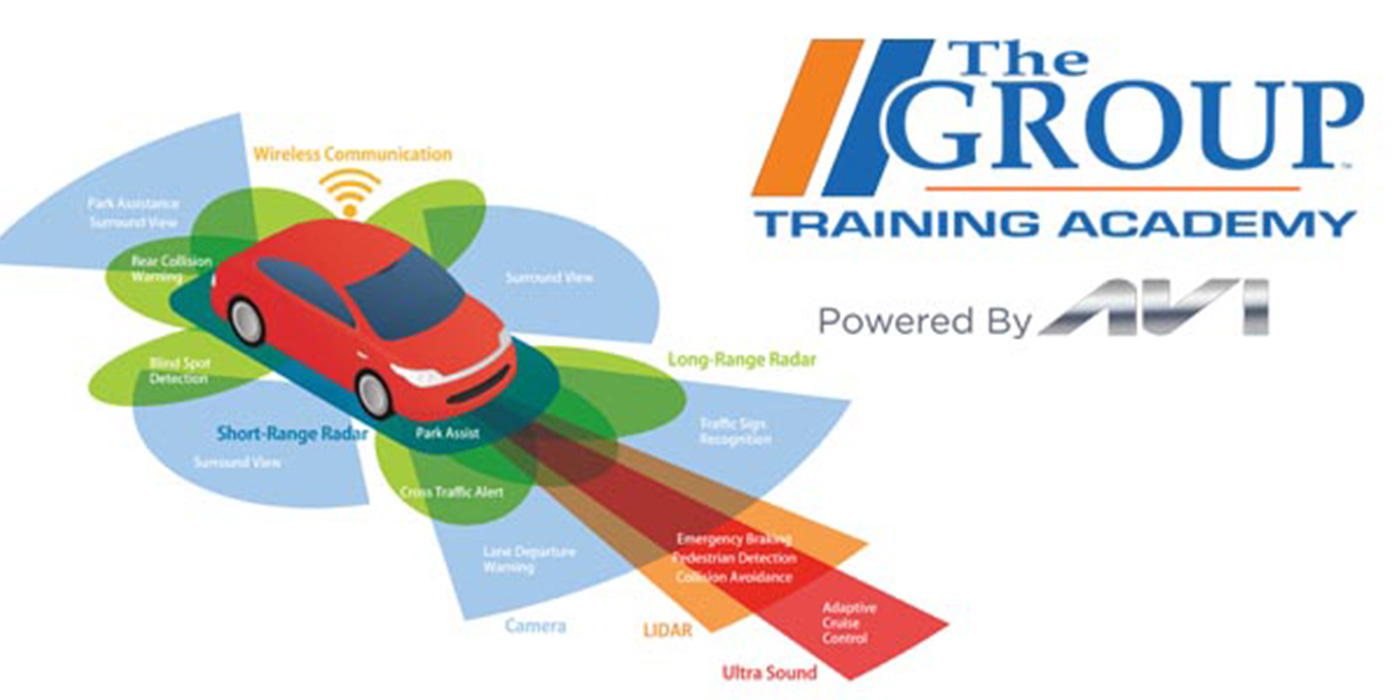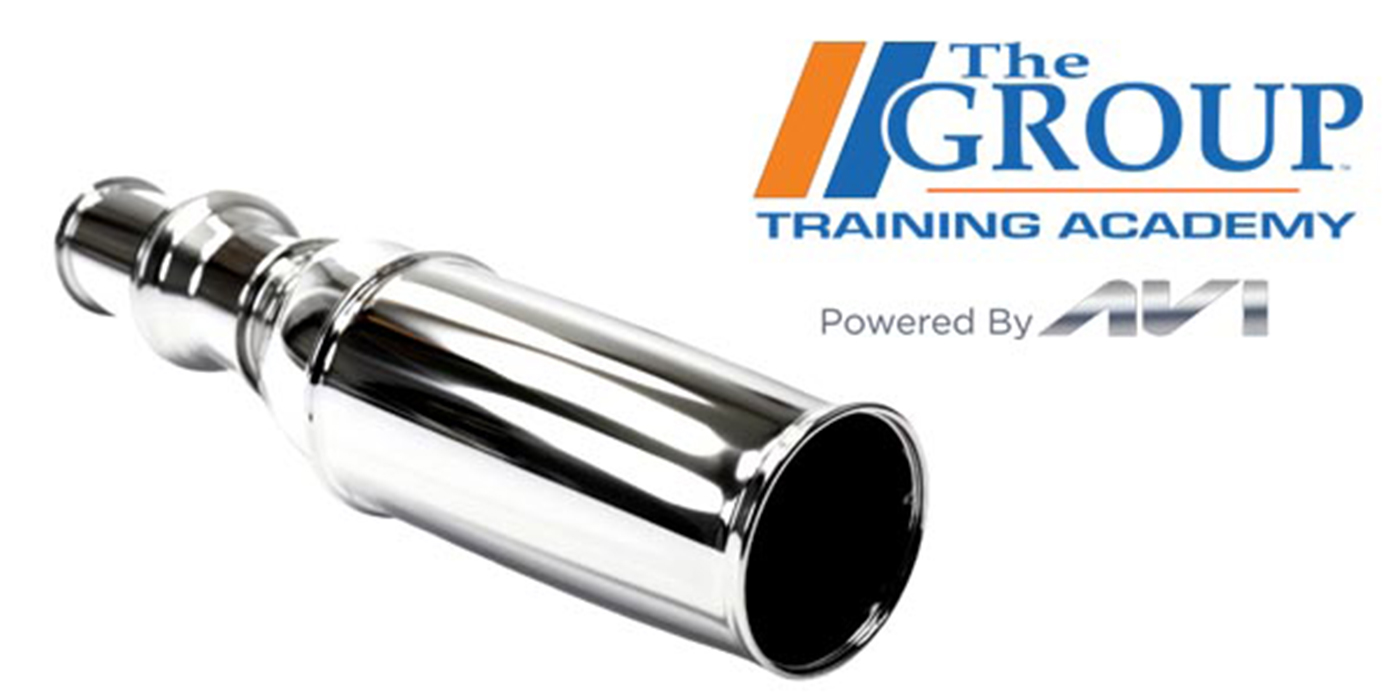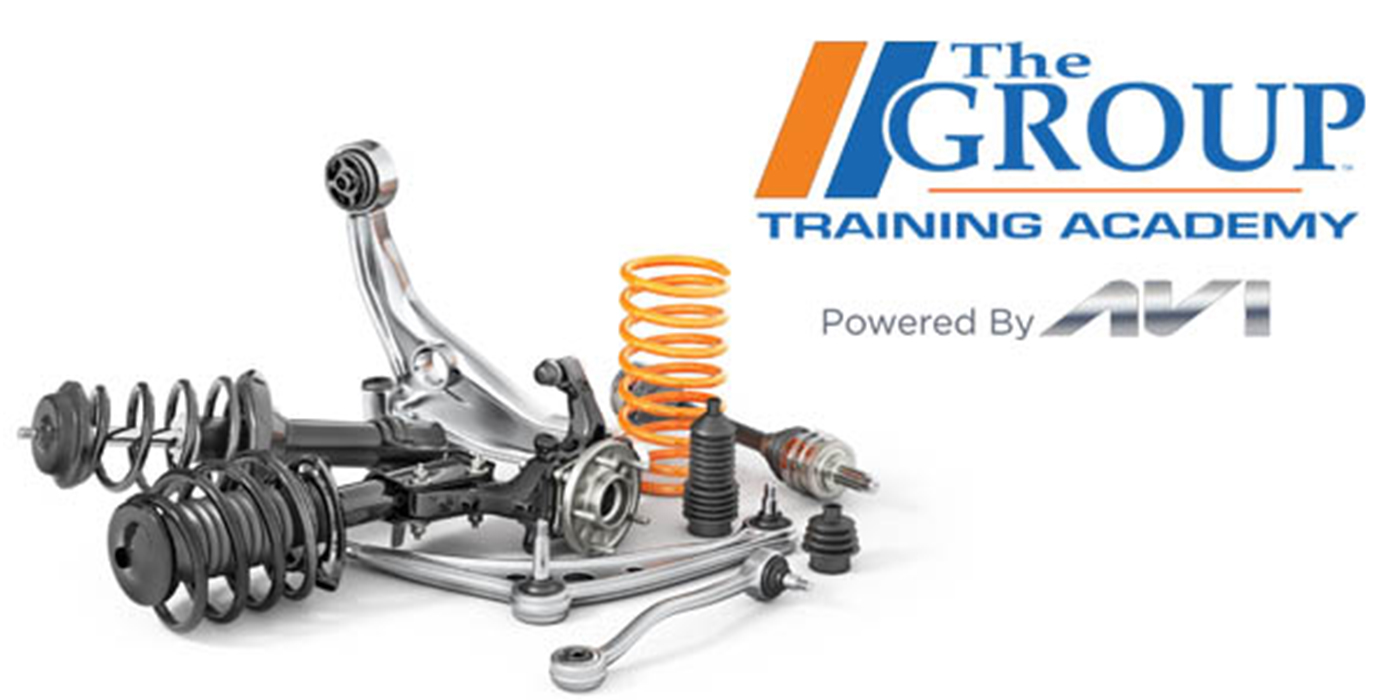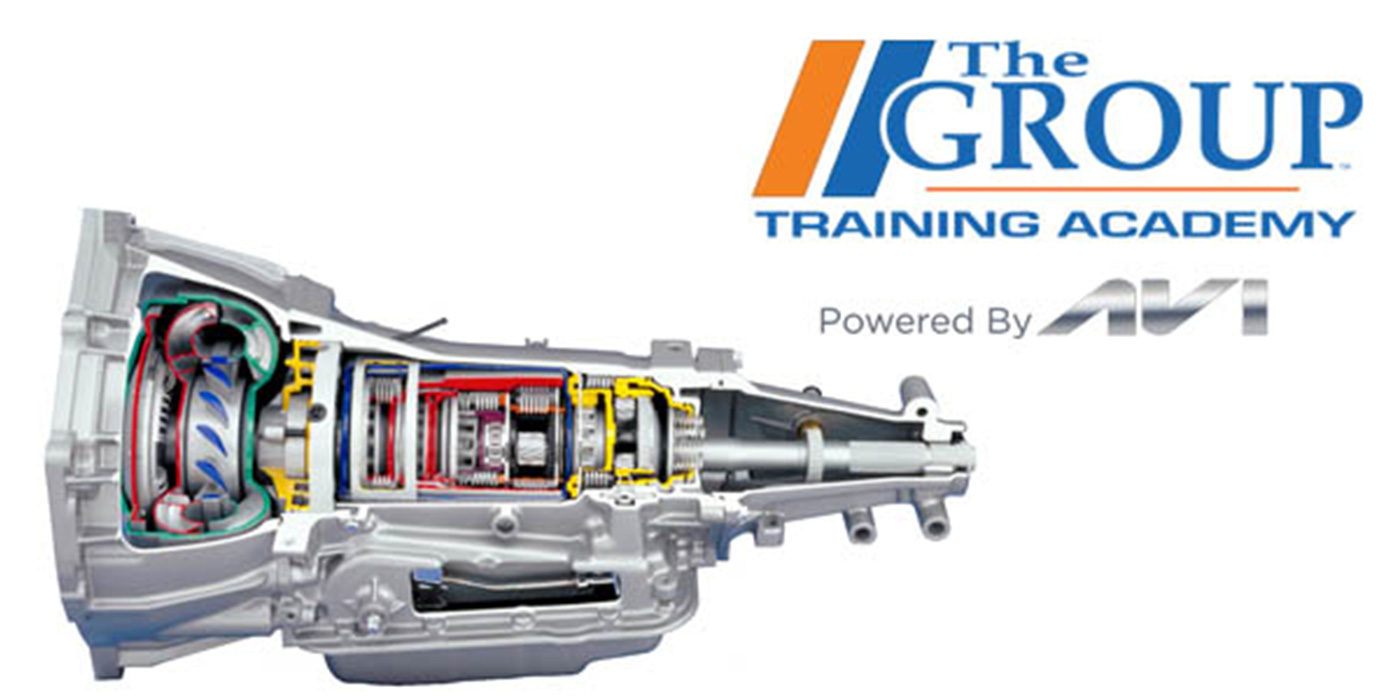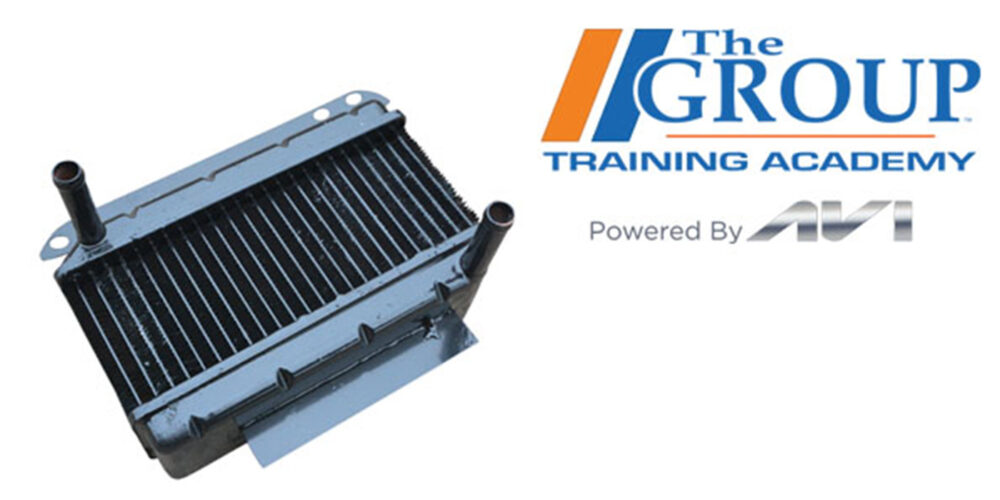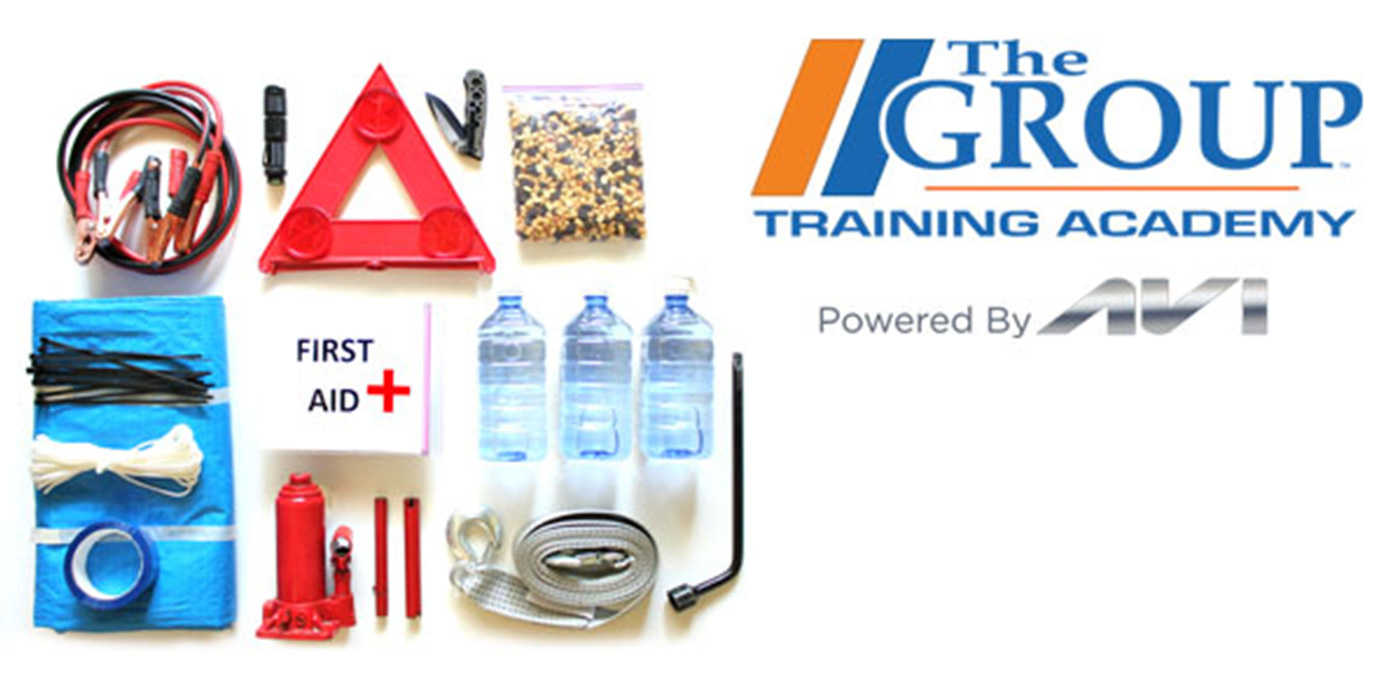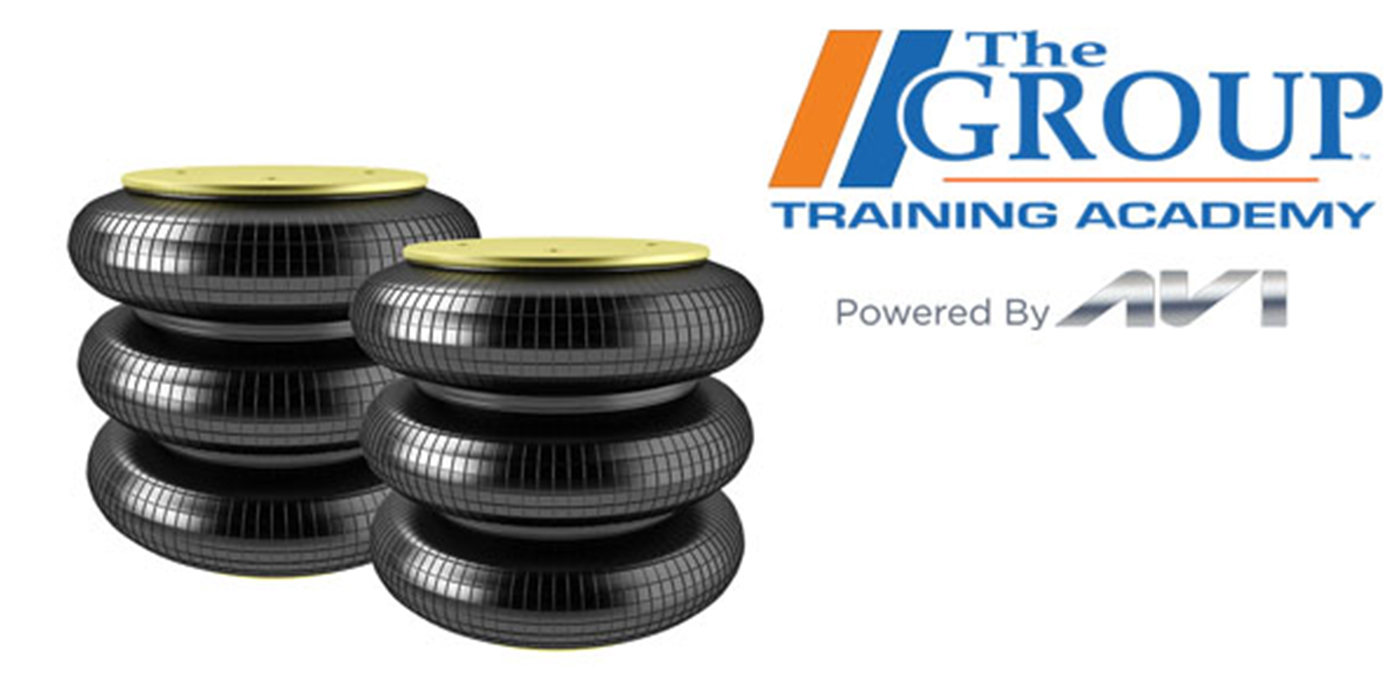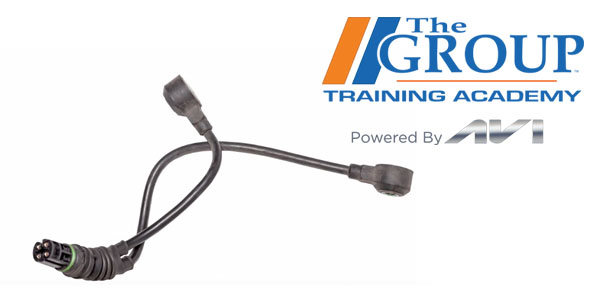Every automotive circuit is protected by a fuse. If excessive current begins to flow, such as in the event of a short to ground on a positive side, or an overloaded or failing component. When the circuit current increases above the fuse rating, the fuse will get hot and melt in half.
The key to fuses is that they are designed with a specific amount of resistance in any electrical circuit. Resistance to current flow creates heat, and it’s this fundamental electrical property that reacts to increased current flow, causes a fuse to blow and protects the wiring in the circuit. When replacing fuses, not only is it critical to only replace ’em with the identical rating, but it’s just as important to sell quality fuses from a reputable brand. They are not all created equal and low quality fuses may not have the correct resistance to properly protect a circuit. Relays do not protect the circuit, but they act as a switch. Utilizing a low current signal to provide a high current, the benefit of a relay is easiest to understand by example. Take a look at this basic blower fan circuit. The blower fan switch receives power from a circuit capable of handling 20 amps in speeds, one, two, and three current flows through the switch through a resistor than directly to the fan. High speed, however, requires a much higher current, which requires a much larger wire space limitations behind the dash, as well as the increased cost of the wire and the limits of the fan switch handling. This higher current make it unrealistic for this as the location of the high current circuit
When the blower fan switch is turned to high. The lower current powers the control side of the blower fan relay when the relay contacts close the high current necessary to power. The fan is provided through a circuit capable of handling 30 amps, and the wiring goes directly to the fan from the relay. Some additional examples of common high current components that utilize relays as part of their electrical circuit, our blower fans, radiator fans, fuel pumps, AC compressors, horns, and seat heaters. However, today’s modern vehicles utilize a larger number of relays allowing precise computer control for the majority of their circuits. The importance of fuses and relays for circuit protection and control in today’s vehicles is the reason most of them have three or more fuse and relay panels located throughout.
This video is sponsored by the Pronto Network.

